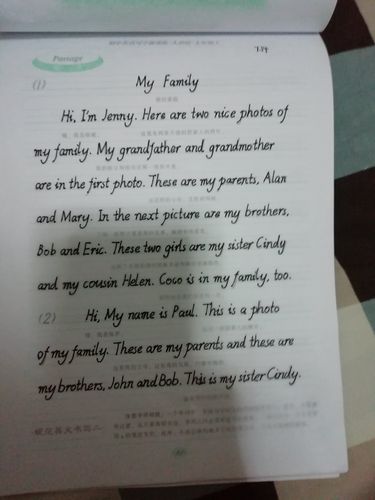
职业妇女的英语作文
As a result of the double agenda pertaining to the emancipation of women, their participation in production, made visible in posters, was seen as one of the basic keys to bring about their liberation. Although posters of women working as welders or in other industrial activities do appear in the first one and a half decade of PRC-posters, most of their activities in this period remain located in agriculture.
Their work in this sector ranged from working in the fields to raising livestock. During the campaigns where the setting up of sideline occupations was stressed, women in particular played an important role. The pervading message in these campaigns seemed to be that women still had plenty of time and energy left to engage in sideline activities after they had returned from spending a long day of backbreaking work in the fields.By the late 1950s, when the policies designed to mechanize agriculture actually resulted in more mechanized equipment becoming available in the rural areas, the tractor was gradually introduced in posters. More often that not, posters showed how this piece of modern heavy-duty equipment was operated by a woman. The propaganda intention of the posters featuring these tractor girls seemed to be two-fold: it illustrated both the increases in the availability of farm machinery (and the successes of the Party in making all this possible) and the ability of women to actually operate these machines. In reality, however, the tractor operator usually was a man.
By the time of the Cultural Revolution, this trend of showing women taking on types of work generally associated with men was continued. In particular during the time when the movement to learn from the agricultural model commune of Dazhai was at its peak in the 1960s and 1970s, the muscular and energetic female team members, “imitation boys” (jia xiaozi) or “iron women” (tie nüren) working under commune leader Chen Yonggui, played an enormously influential function as role models for women. Iron girls inspired women to take on the most difficult and demanding tasks.Generally speaking, then, women were confined to agriculture. Women in the forefront of industrial production only became a poster theme from the Great Leap Forward onwards. The trend was continued in Cultural Revolution posters, when women increasingly were represented while at work in factories. This was not necessarily limited to the textile industries, which were traditionally seen as typical places where women ought to work.
Although not explicitly visible in propaganda posters, female members of the urban work force were employed along unstated gender lines. Men usually were given technical jobs, and women were assigned non-technical, auxiliary and service jobs, regardless of their educational level.While women who in preceding decades often were depicted while engaging in typically masculine pursuits, strong pressure was exerted on them in the 1980s to return to their traditional, more ‘feminine‘ roles of servants/waitresses, mothers and child-rearers. Paralleling the changes in thinking among the leadership, the need was no longer felt in official art to urge women to break through the traditional assumptions of gender inferiority.
Instead of going out to work, they were exhorted more and more often to return to the stove and engage in home making. Such exhortations were voiced with renewed vigor in the late 1990s, when female workers who had been made redundant by the ever larger number of bankrupt State-owned industries were called upon to take on the responsibility for the domestic side of family life. A number of women on maternity leave even saw their legally granted period of absence extended indefinitely. On the other hand, the large numbers of women migrating from rural areas looking for employment in industry, the so-called ‘working girls‘ (dagongmei), constitute a relatively cheap female labor force that is exploited relentlessly in the name of economic development.

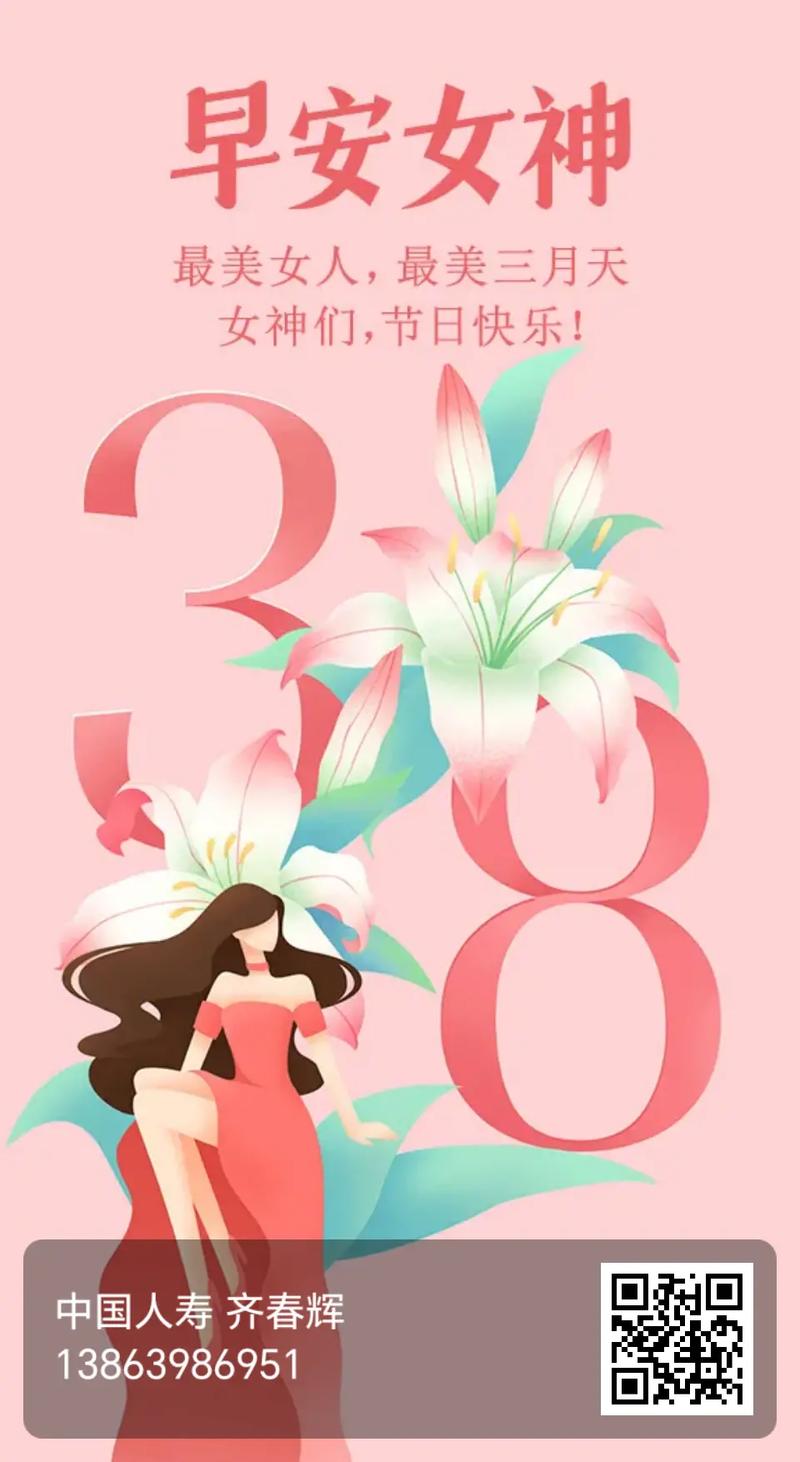
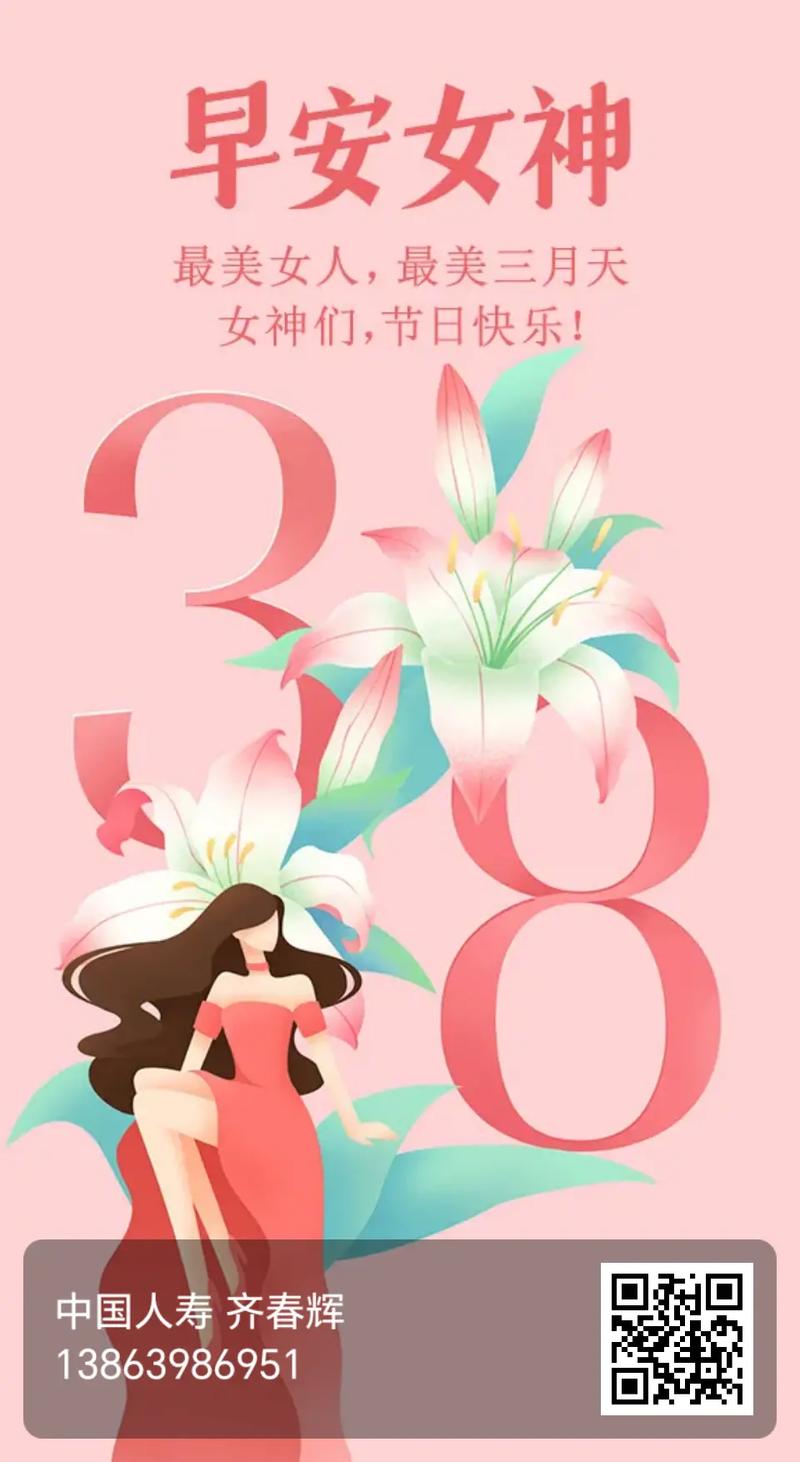
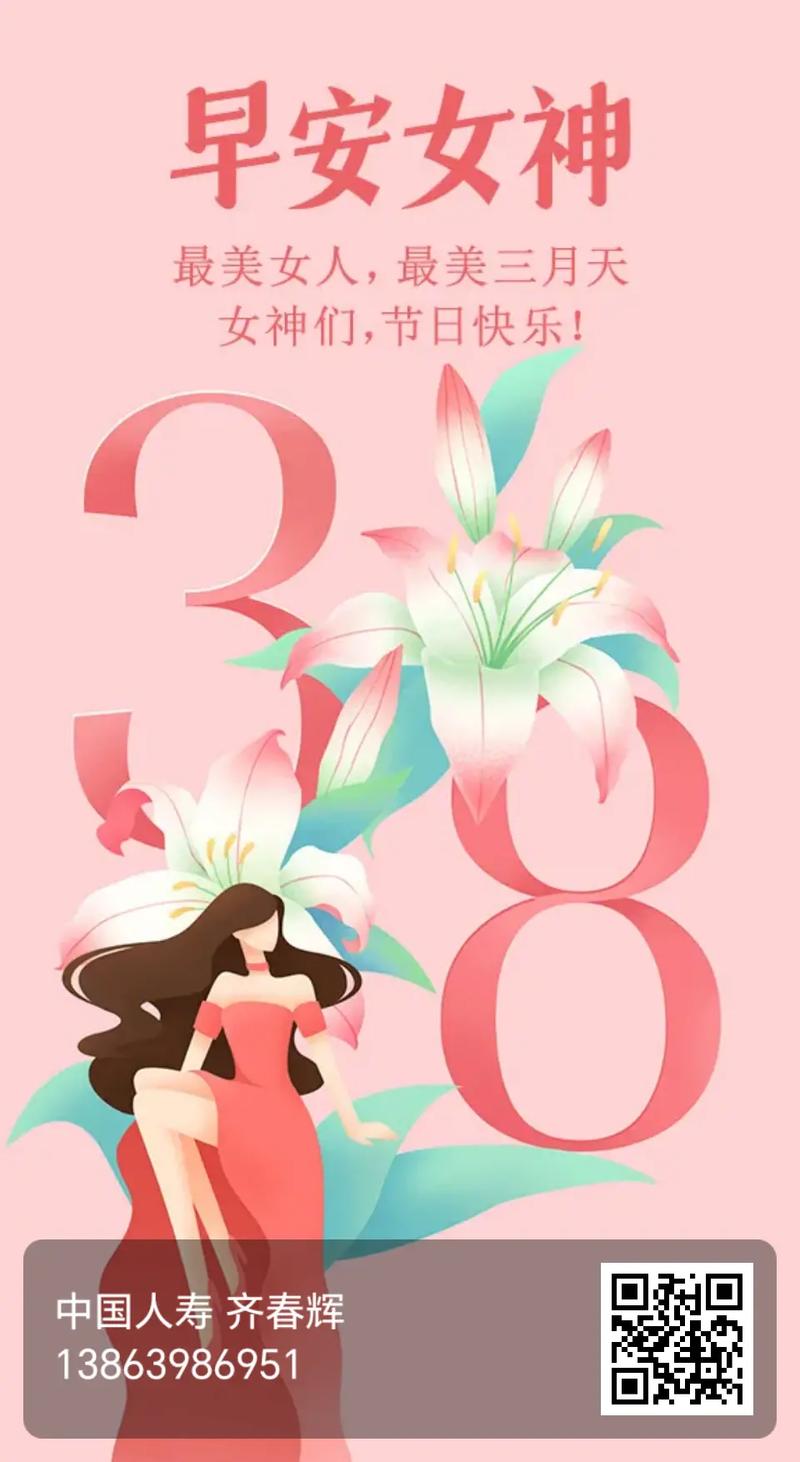
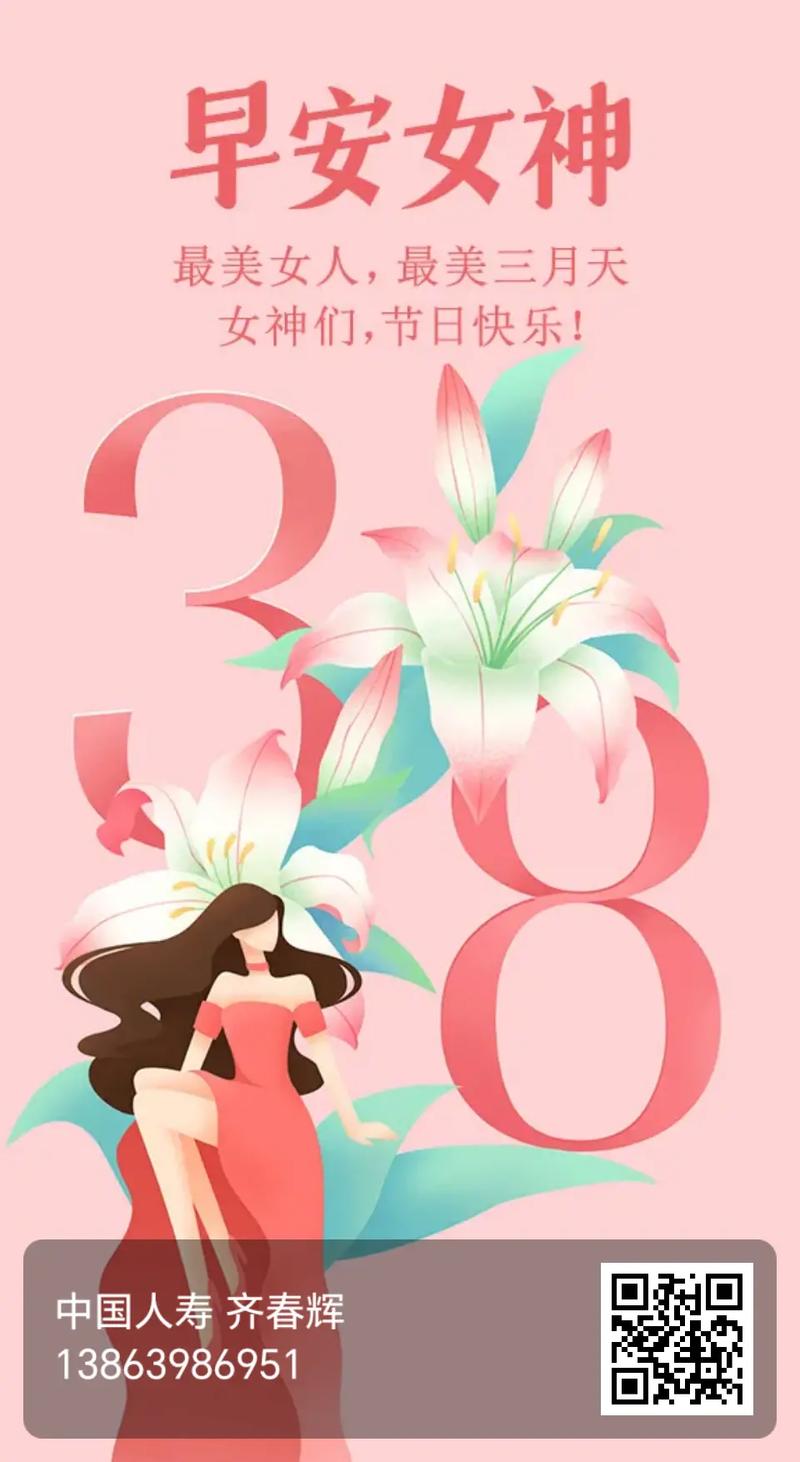




 扫一扫支付
扫一扫支付


